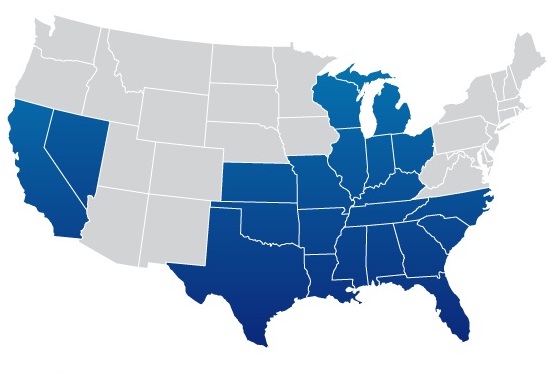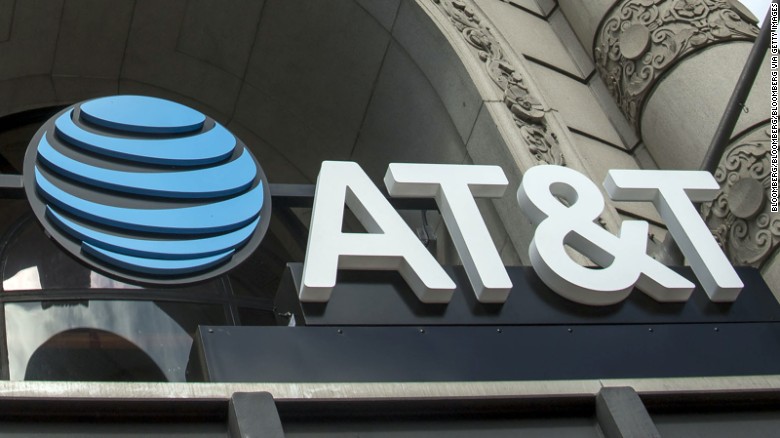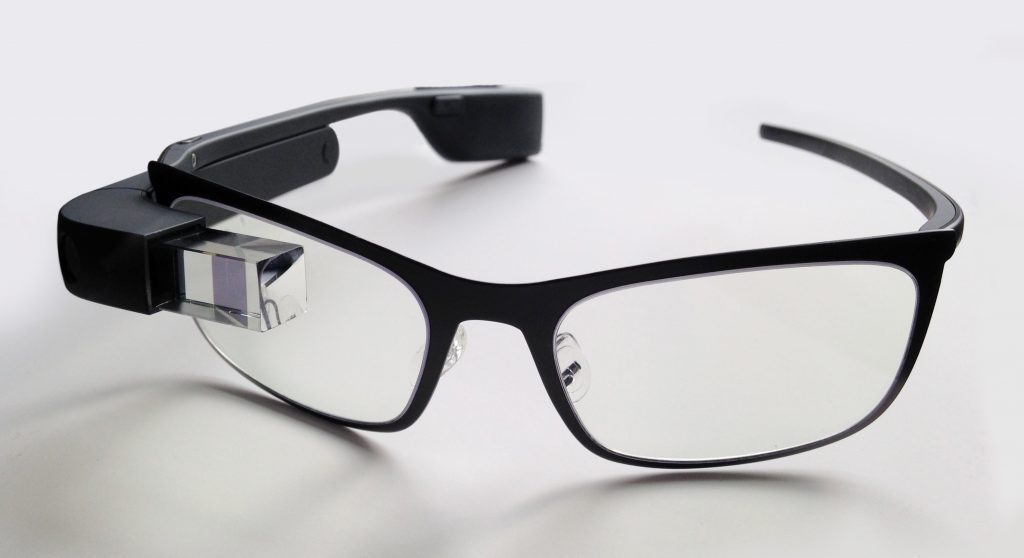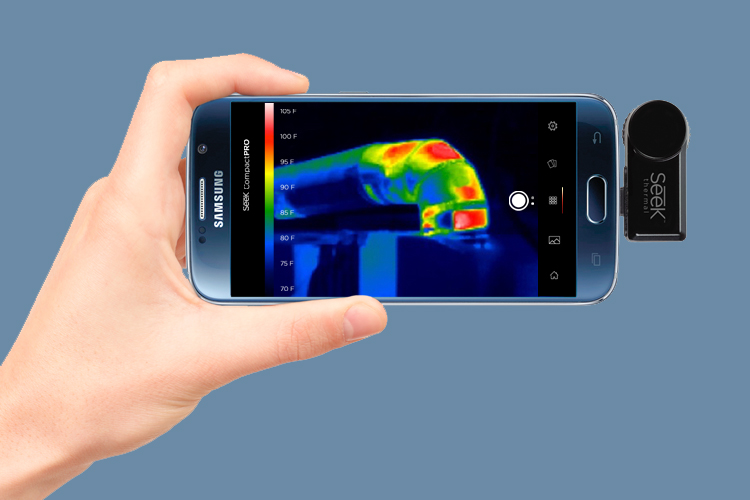Multi-national telecommunications giant, AT&T has introduced home Internet service to nine more states in the US, providing rural and under-served customers with a faster alternative for their old DSL lines.
In an announcement yesterday, the Texas-based firm revealed that their Fixed Wireless Internet service, will deliver a home Internet connection to their customers with a download speed starting from 10Mbps while a minimum uploading speed of 1Mbps. The connection would then come from a wireless tower to a fixed antenna located on customer’s houses or offices. This would in turn, help the firm deliver high-quality and fast Internet to customers living in rural areas.
The new service will now be available in parts of Michigan, Illinois, Wisconsin, Arkansas, Indiana, Ohio, California, Kansas and Texas. The wireless Internet had already been accessed earlier this year in nine other states, which include South Carolina, Kentucky, Florida, Mississippi, Tennessee, Georgia, North Carolina, Alabama and Louisiana. These areas make 18 out of the 21 present AT&T’s wireline domain.
At the moment, AT&T delivers fixed wireless Internet to 160,000 customers across residential and small business areas, while the firm wants to increase that number to 400,000 by the end of 2017, and to 1.1 million customers in these 18 states by 2020.
The standalone wireless Internet facility is monthly priced at $60 month during a 1-year contract. However, the monthly price rises to $70, if the user does not have a contract or the contract has expired. Customers can also benefit from a monthly $10 discount on the home wireless facility by combining it with either the DirecTV or the AT&T smartphone service.

The installation fees for the outdoor antenna and indoor gateway are up to $99, but the fee is discounted if the service is availed with DirecTV. The service also has a monthly data cap of 160GB, according to a FAQ answered by AT&T. Users must pay overhead fees of an additional $10 for each additional 50GB used, up to the limit of $200 a month. Data caps on the wired services of AT&T are either 150GB or 1TB.
A 10Mbps download speed will be more than great for customers in AT&T’s domain areas who avail the DSL service which is classified in kilobits or none at all. However, millions of customers in AT&T’s copper wire sector with Internet service will experience a slower speed than 10Mbps, even after the wireless expansion.
The 1.1 million customers target mark is a little too far off for AT&T, in comparison to the amount they predicted their fixed wireless service will cover a few years ago. To get its DirecTV merger approved in 2014, AT&T insisted on bringing fixed wireless local loop broadband to about 13 million new locations for customers, mostly in under-served rural areas. Around 85% of the 13 million figure would have been outside the firm’s traditional wireline telephone domain, and they have time until July 2019 to fulfill that commitment.
However, the Federal Communications Commission did not choose to make that commitment by AT&T binding during the approval of its merger. The FCC insisted that the Texas-firm over-approximated how many under-developed rural households were present in the possible deployment area.
When asked that if they would want to hit the 13 million target, an AT&T spokesperson claimed that the FCC did not make their proposal binding, and that the firm will fulfill all commitments made binding by the FCC. The fiber commitment, along with the established existing broadband services of AT&T, will atleast bring a speed of 45Mbps to about 25.7 million locations.
However, that also means that the big wireless deployment away from AT&T’s conventional telephone market may not come to pass, or at least not pass by the 2019 deadline that the firm itself set.
On the other hand, AT&T has also been trialing a new wireless system that would enable multi-gigabit Internet speeds for smartphone data, or home Internet service. It is not yet confirmed if it will be available for commercial use anytime soon, and how many areas it will cover.

Nicholas is a dedicated and experienced author of this tech blog. He wants to be helpful and offer great content to his readers, but he also needs to make sure that the site is profitable so it can continue running. If you have any questions or concerns about our work please don’t hesitate to contact us!









